Key takeaways:
- Understanding your authentic writing style involves recognizing how emotions influence your words and embracing personal quirks that contribute to your voice.
- Creating an ideal writing environment requires experimenting with comfort, lighting, sound, and personal touches to enhance creativity and productivity.
- Continuous growth as a writer comes from seeking constructive feedback, celebrating small achievements, and setting flexible yet consistent routines to maintain motivation and creativity.
Understanding your writing style
Understanding your writing style starts with recognizing what feels authentic to you. I remember the early days of my writing journey, where I tried to mimic popular authors. It didn’t end well; I felt stifled and far from my true voice. Have you ever felt that disconnect between your ideas and the way you express them? Tuning into your instincts is crucial.
As you reflect on your writing process, consider how your emotions influence your words. There was a time when I wrote from a place of frustration, and my sentences were sharp and intense. Conversely, writing during moments of joy led to playful, fluid expressions that danced off the page. Isn’t it fascinating how our moods can shape our storytelling?
Exploring your unique style means embracing both strengths and weaknesses. I’ve learned to accept that my tendency to be verbose can sometimes dilute my message. Yet, I also cherish the depth it brings. How do your quirks contribute to your writing? Embrace them; they are part of what makes your voice truly yours.
Finding your ideal writing environment
Finding your ideal writing environment is about experimenting with different spaces to discover what ignites your creativity. I’ve tried everything—from bustling coffee shops to quiet corners of my home. Surprisingly, I found that a blend works best for me: a cozy nook with soft lighting and occasional ambient noise. It’s as if the right environment acts like a gentle nudge, coaxing my thoughts into words.
Here are some factors that can shape your writing space:
– Comfort: A supportive chair and a warm blanket can make all the difference.
– Lighting: I prefer natural light, as it energizes my mood and sharpens my focus.
– Sound: Music or no music? I often find instrumental playlists help drown out distractions but keep me engaged.
– Personal Touches: Surrounding myself with a few meaningful items—a photograph or a favorite book—creates a sense of purpose.
– Temperature: A comfortable room temperature keeps me from getting distracted by discomfort.
Finding the right space is an evolving journey, and I think it’s essential to stay open to change.
Establishing a writing routine
Establishing a writing routine can be transformative for anyone looking to enhance their productivity and creativity. I discovered this truth during a particularly chaotic period in my life when my schedule was overwhelming. By committing to a consistent routine, I found that my mind settled into a rhythm, allowing my ideas to flow more freely. Have you ever had that moment when everything just clicks into place? It’s rewarding.
What I’ve learned is that a routine doesn’t have to be rigid. For instance, I experiment with writing at different times of the day—some days I enjoy the early morning tranquility, while others, I thrive during the quiet hours of the night. This flexibility keeps my creativity fresh and responsive to my energy levels. What’s your writing sweet spot? Exploring various times can reveal surprising insights about your creative cycles.
I also prioritize setting small goals within my routine. When I aimed for 500 words a day, I not only felt accomplished but also motivated to continue writing beyond that. It’s like stacking the little victories. Have you tracked your progress? Seeing how far I’ve come fuels my passion and drives me to keep refining my routine.
| Aspect | My Approach |
|---|---|
| Time of Day | Morning and Night, depending on my energy |
| Writing Environment | Cozy nook with soft lighting |
| Goal Setting | Daily targets, e.g., 500 words |
Utilizing tools for effective writing
Utilizing writing tools has been a game-changer for me. Over the years, I’ve explored various software and apps designed to streamline and enhance the writing process. For instance, when I first tried out Grammarly, I was amazed at how this tool not only corrected my grammar but also helped me refine my style. It was like having a personal editor at my fingertips. Have you ever wondered how a small tweak can elevate your writing?
I also gravitate towards mind-mapping software when brainstorming ideas. During one project, I visualized my thoughts using a mind map, which transformed chaos into clarity. This method allowed me to see connections I hadn’t noticed before. It’s fascinating how a visual representation can illuminate pathways and spark creativity. Have you experienced that “aha” moment while organizing your thoughts visually?
Beyond just editing and organizing, I’ve found that project management tools can keep my writing life in order. When I’m juggling multiple projects, using platforms like Trello helps me prioritize tasks and track deadlines. I remember a time when I felt overwhelmed by looming deadlines; breaking my work into smaller, manageable tasks made the process feel less daunting. How do you keep your projects on track? For me, having that visual structure has not only reduced stress but also increased my focus and productivity.
Overcoming common writing obstacles
I’ve faced my fair share of writing obstacles, particularly the daunting specter of writer’s block. One time, I sat staring at the blank page for hours, feeling the frustration bubble up inside me. To combat this, I adopted a habit of free writing—allowing my thoughts to spill out without judgment. It’s incredible how simply letting go of the pressure can reignite the creative spark. Have you ever tried just writing anything, knowing it doesn’t have to be perfect?
Another challenge is self-doubt. I remember a moment when I hesitated to share my work because I feared judgment. Overcoming this meant seeking feedback from trusted peers. Their encouragement made me realize that vulnerability can lead to growth. I began to see my writing as a conversation rather than a performance. How often do you hold back due to fear? I now embrace the insights of others, acknowledging that collaboration can fuel inspiration and refine my skills.
Staying motivated can also be tricky. I found that setting interim milestones helps keep my enthusiasm alive. For example, when I decided to celebrate each completed chapter with a small treat, it turned work into a rewarding experience. This practice created a sense of progress, making the process enjoyable. What incentives work for you? Incorporating little rewards transforms writing from a chore into a delightful journey of discovery.
Seeking feedback and continuous improvement
Seeking feedback has been integral to my growth as a writer. I distinctly recall a time when I shared an early draft with a close friend who had a knack for honest critique. Her feedback, though tough to hear at first, highlighted areas where I could deepen my narrative. Have you ever found that what feels like a blow can actually be a stepping stone? It taught me that vulnerability invites growth.
Continuous improvement is a journey, not a destination. After attending a writing workshop, I realized how valuable it is to expose myself to different perspectives. One instructor’s comment about pacing changed the way I approached my stories entirely. Can you think of a moment when a single piece of advice shifted your viewpoint? Learning to embrace feedback means I’m not just revising; I’m evolving.
I remind myself that every piece of feedback is an opportunity to refine my voice. Recently, after submitting a piece for a community newsletter, I received a suggestion to add more personal anecdotes. It felt like an invitation to deepen my connection with the reader, rather than a critique of my current style. How do you perceive feedback? For me, these moments remind me that writing is a craft, one that thrives on collaboration and shared insights.
Celebrating small writing achievements
Celebrating small writing achievements is something I cherish profoundly. I remember finishing my first short story and the surge of pride I felt as I typed “the end.” I didn’t wait for an epic moment of recognition; instead, I treated myself to my favorite coffee. It’s amazing how a simple reward can boost motivation. Have you ever noticed how a small celebration can make a significant difference in your writing routine?
Each word I write is a step forward, and I’ve learned to acknowledge those steps. For instance, after completing just a few paragraphs, I take a moment to reflect on what I’ve created. This isn’t just about quantity; it’s about the progress I can feel. It’s like giving myself a high-five every time I hit a new word count. Don’t you think it’s worth celebrating those little victories?
Even now, when I draft blog posts, I find joy in sharing drafts with friends. Their reactions help me realize that every draft is a building block toward something greater. Recently, I sent a rough outline to a buddy, and his excitement was infectious. What if we treated every piece of writing as a chance to celebrate growth? I firmly believe that embracing small achievements creates a more positive writing experience and fuels long-term success.
















